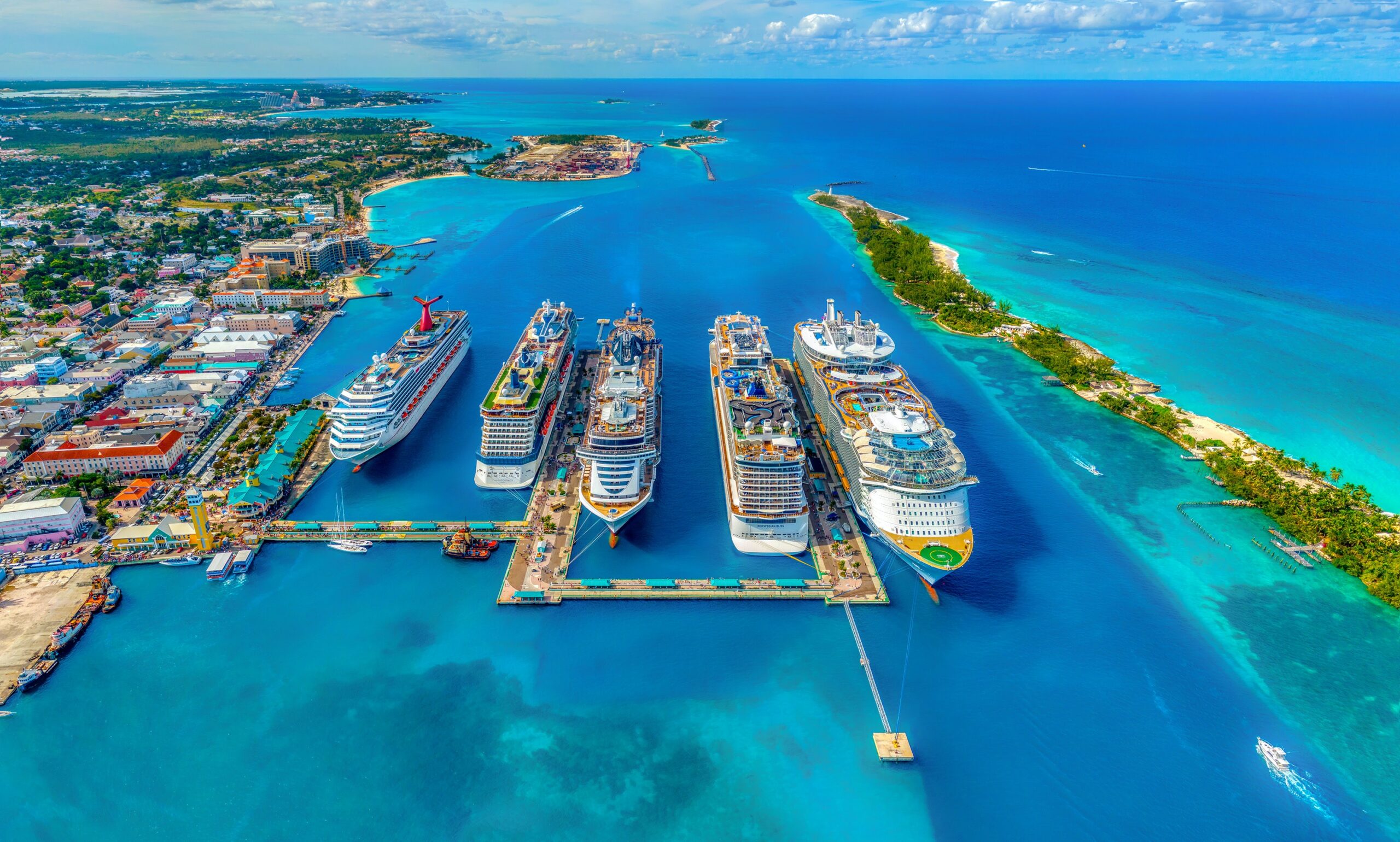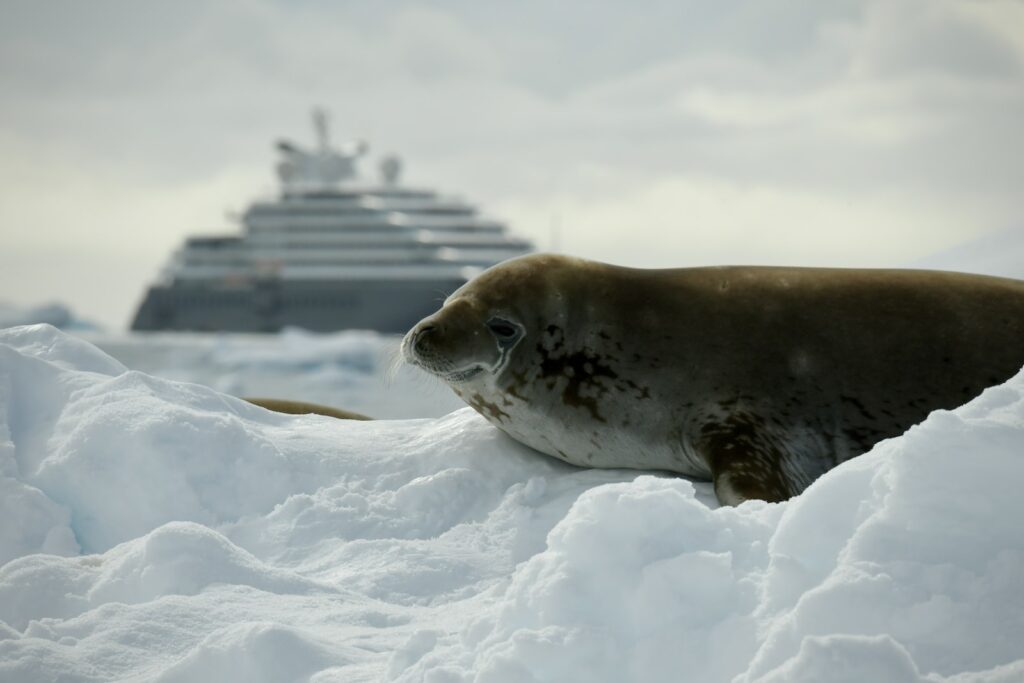A single cruise ship carries thousands of people, and some of them weigh over 200,000 GT (gross tonnage). Having such a hefty weight and size to hold enough people for a small town, how do luxury liners stay afloat? Cruise ships can sail the waters thanks to their designs, which manipulate the physical principle of buoyancy.
Let’s go a little deeper and discover how objects like cruise ships manage to float. Aspects of their design, safety features, and other parts work with buoyancy to keep them upright even through the waves.
How Do Cruise Ships Float?
Cruise ships float by exploiting the physics rule called Archimedes’ principle. In simple terms, the law states that objects must weigh as much as the water they displace to float. If they weigh more or are denser than the water they displace, the objects will sink.
Ships push on the ocean’s surface when they sail, but to float with Archimedes’ principle, they must displace quite a lot. A ship must have the right shape. Condensed items like balls and small weights sink because they do not push out much water. However, wide-pointed objects like a ship’s hull do it well.
When water displaces, it tries to reclaim the areas it’s pushed out of, from outside and below. When the force of the liquid pushing back equals the force of gravity caused by the ship’s weight in water, a cruise liner stays perfectly afloat.
Cruise ships have plenty of mass to balance. To certify the heavy ship stays buoyant architects employ many designs that help counter gravity and displace as much water as possible.
Cruise Ship Design Features Supporting Buoyancy
How do cruise ships displace enough water to float? The design of the hull holds the secret.
The most common modern cruise ships have U-shaped hulls. For water displacement to be successful, the hull must be denser than water, which is why engineers use extra-strength steel alloys. Steel is one of the only materials sturdy and light enough to supplant water without too much mass.F
Lastly, the upper portions of cruise ships need careful design, too. To float, the liner’s cabins and other facilities must be able to trap air. Since air is less dense than water, it becomes an additional aid for buoyancy. The upper portions of the cruise must also use lightweight materials to minimize the force of gravity pulling the boat downward.
Safety Features
Beyond the physics, cruise ships have a few safety features that aid in floating, particularly in emergencies. If an iceberg, rock, another boat, or large debris pierces the hull, there must be a contingency plan. That’s why most cruise ships adopt a double hull design where one floater rests inside the other, serving as a backup if the outer piece punctures.
Similarly, bulkheads keep a ship’s hull compartmentalized. Bulkheads are watertight, thick, sealed chambers that ship workers can open and close at will. If part of the hull punctures, sailors can close the flooding bulkheads to prevent water from filling up the rest of the cruise ship.
Why Don’t Cruise Ships Tip Over?
Even on wavy waters, the largest cruise ship won’t flip over. There are three reasons this happens: the ship’s center of gravity, its center of buoyancy, and its technology.
Cruise ships and other heavy boats have hulls with low centers of gravity. Much of the liner’s machinery, such as pumps and boilers, rests at the bottom of the vessel. The weight adds to the force of gravity pulling down on the cruise ship, bringing the center of gravity lower and increasing the boat’s stability.
Secondly, cruise ship hulls have varying centers of buoyancy by design. Each comes with a centerline, usually resting flat underwater. If the wind or other forces push on the cruise and it tilts, the hull’s design shifts the boat’s center of buoyancy back beyond the centerline. Therefore, the cruise hull’s design brings it back to the upright position when it begins to tilt one way or the other.
Lastly, technologies on cruise ships regulate their balance. Ballast tanks and anti-heeling systems are pump-based regulators found near the ship’s hull. When the boat is swaying or tilting, operators use them to pump seawater from one side of the hull to the other. The force of releasing that water helps to balance the boat when it leans or sways.
Most modern cruise ships also have objects called stabilizing fins attached to the hull. They help the boat maintain a forward direction and a steady center of gravity.
Conclusion
A combination of natural physics and human engineering allows us to experience giant cruising vessels. The science of the modern cruise ship’s U-shaped hull balances the force of gravity above and the push of the waters below. Now that you know how cruise ships float, you can marvel at the feat of engineering while you relax as a passenger on the deck.





